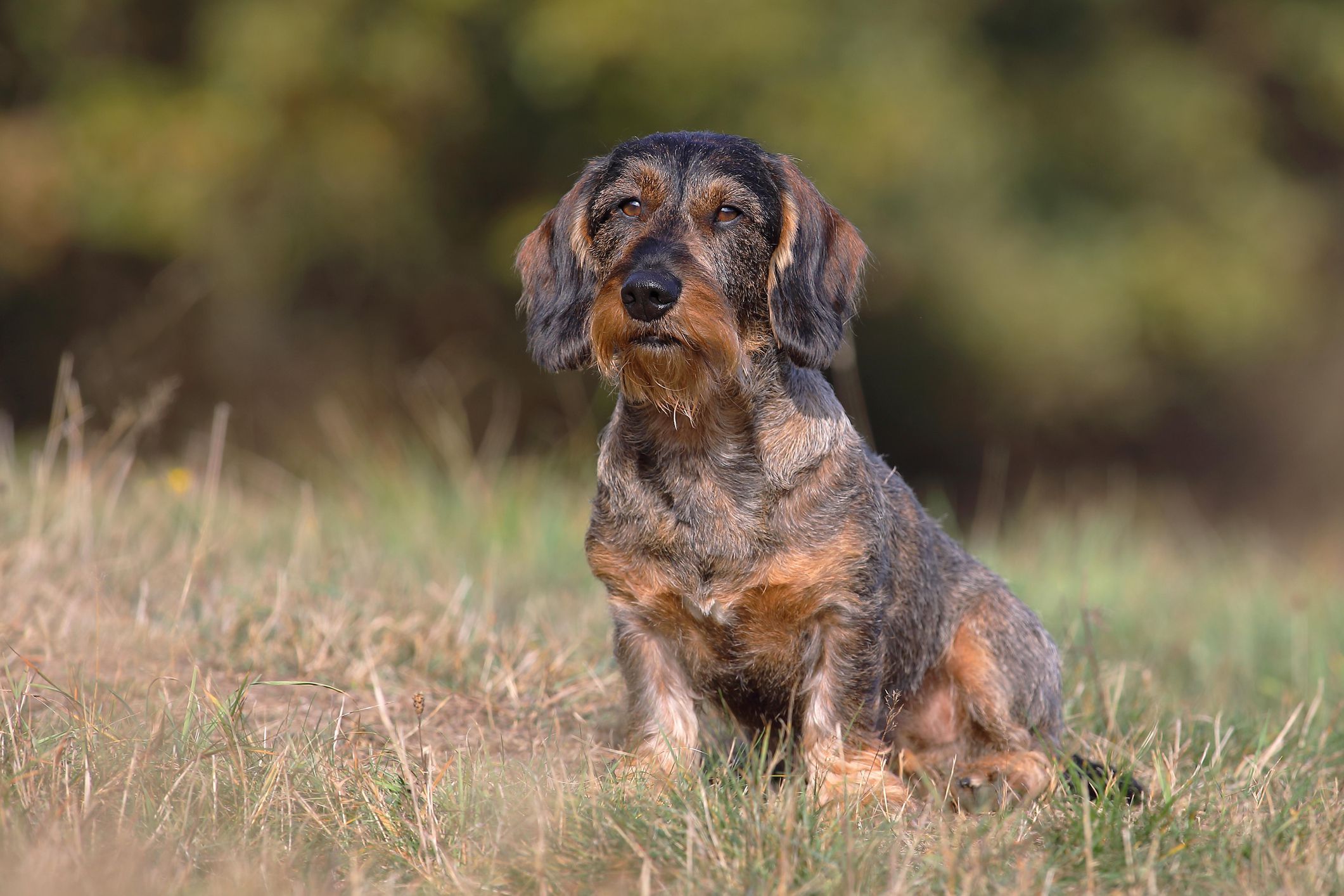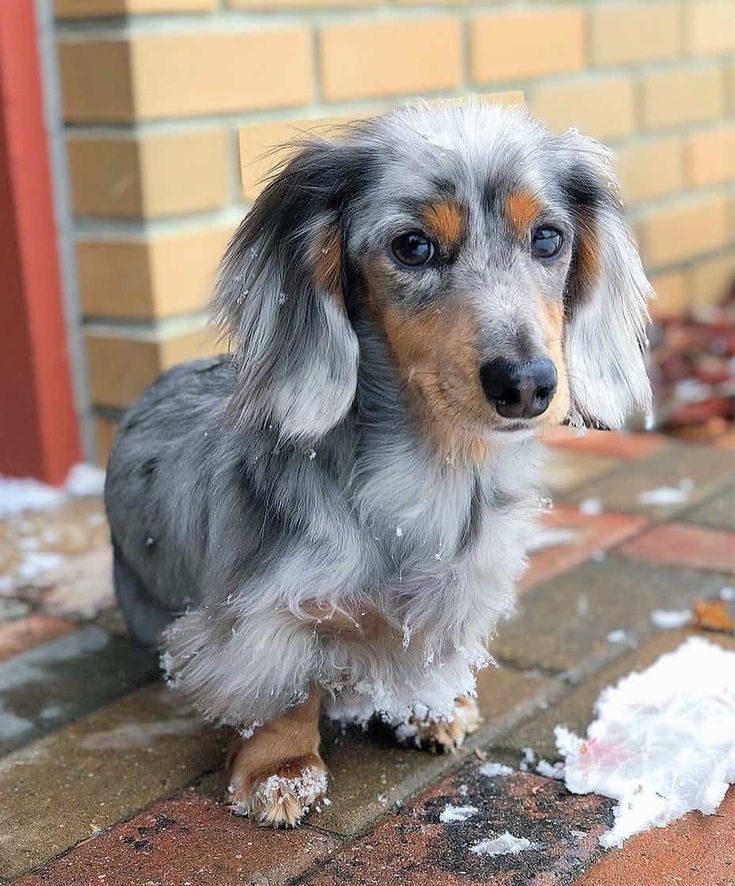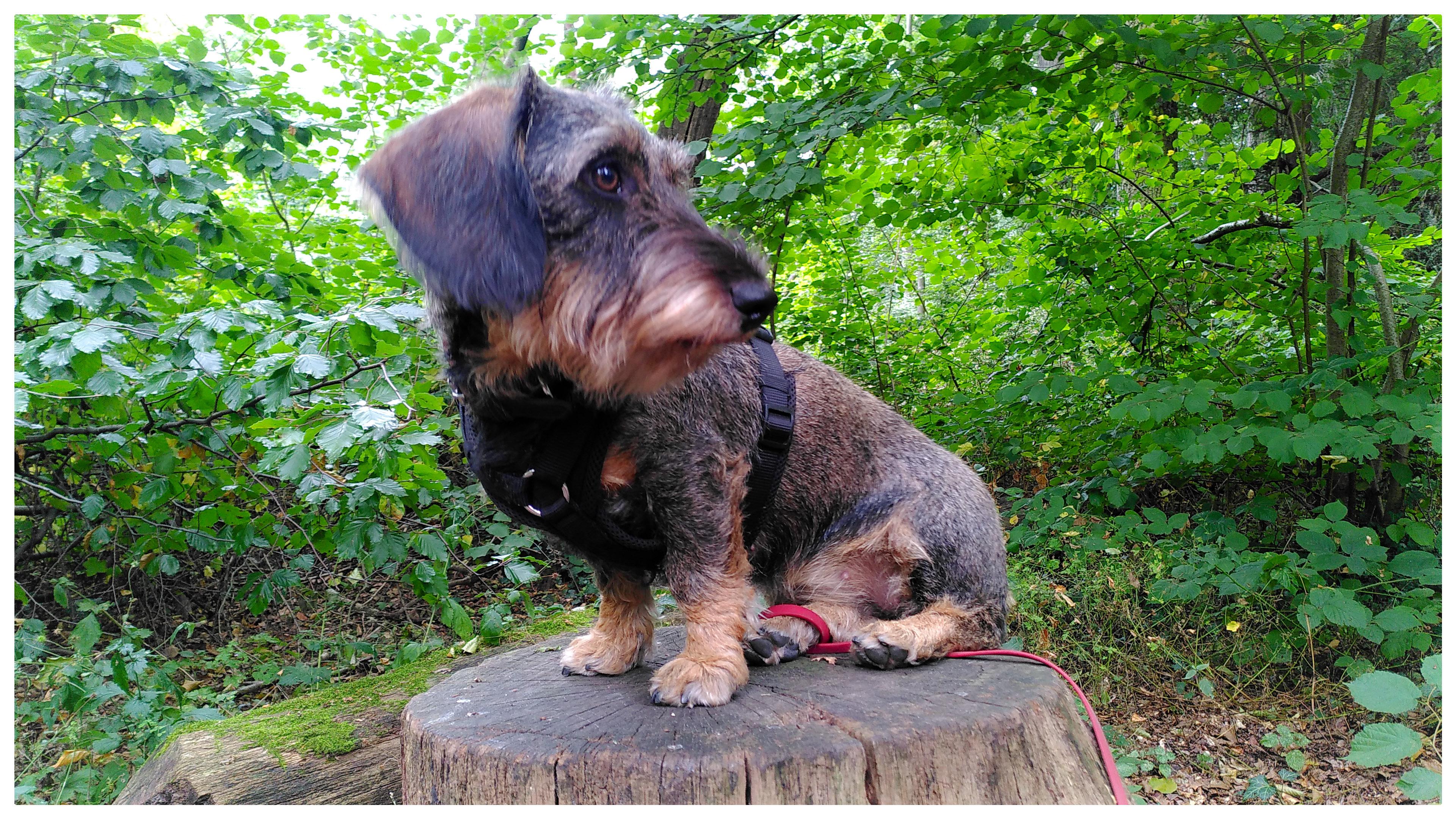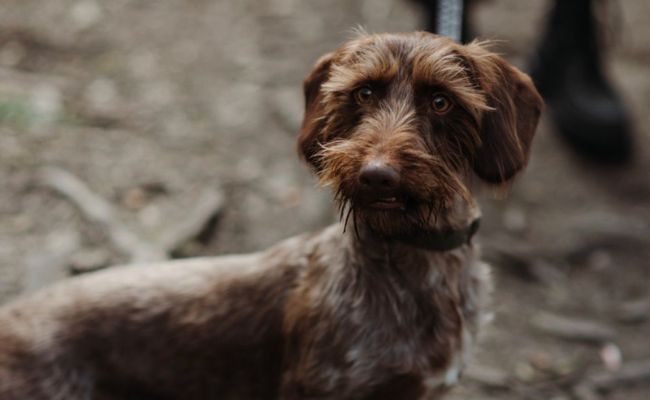The Wirehaired Dachshund, a breed known for its distinctive wiry coat and boundless energy, holds a unique place in the world of canine companions. These spirited dogs, often nicknamed wirehairs, are far more than just cute, compact bundles of fur. They embody an alluring blend of intelligence, resilience, and playful charm, making them ideal for active individuals and families seeking a loyal and engaging dog. This comprehensive guide delves into the history, temperament, grooming needs, health considerations, and training aspects of Wirehaired Dachshunds. It aims to equip you with the knowledge necessary to understand this fascinating breed, making an informed decision about whether or not a Wirehaired Dachshund is the perfect match for your lifestyle.
Contents
History and Origin of the Wirehaired Dachshund

The Wirehaired Dachshund’s heritage can be traced back to the 1800s in Germany. Originally bred for hunting badgers and other burrowing vermin, their long, low bodies and powerful legs were perfectly suited for navigating the dense terrain of European forests. The combination of a wiry, weather-resistant coat and a keen sense of smell further enhanced their hunting prowess. Initially, Wirehaired Dachshunds were primarily known as working dogs. However, their intelligence, affectionate nature, and playful personalities gradually made them popular as companions as well.
Ancestry and Development
The Wirehaired Dachshund is a variation of the standard Dachshund, which comes in two other coat types – smooth and long-haired. All three coat types share the same ancestry, dating back to ancient breeds such as the Egyptian Pharaoh Hound and the Greek Greyhound. Over time, these breeds were crossed with smaller terriers and spaniels to create a dog that could hunt and track small game underground. The Dachshund, with its distinctive long body and short legs, was the result of this selective breeding.
The development of the Wirehaired Dachshund can be attributed to the influence of German hunters in the 19th century. They wanted a breed that could withstand the harsh weather conditions and rough terrain during hunting expeditions. This led to the crossbreeding of the Dachshund with other wire-haired terriers, such as the Schnauzer and the Dandie Dinmont Terrier. Eventually, the Wirehaired Dachshund became recognized as a separate breed from the smooth and long-haired varieties.
Physical Characteristics and Temperament

Wirehaired Dachshunds are small dogs, weighing between 16-32 pounds and standing at 8-9 inches tall at the shoulder. Their most distinctive feature is their wiry coat, which is medium-length and comes in a variety of colors including red, wild boar, black, and tan. They have an elongated body, with deep chests and muscular, sturdy legs. Their head is narrow and elongated, with dark oval-shaped eyes and long, floppy ears.
Personality and Temperament
While bred for hunting, the Wirehaired Dachshund makes an excellent companion due to their loving and playful nature. They are fiercely loyal to their owners and make great watchdogs, often barking at any perceived threat. They are also known for their independent streak and can be stubborn at times, so early socialization and training are essential. However, with proper training and affection, they make wonderful family pets.
These dogs have a high energy level and require regular exercise to keep them happy and healthy. They also have a strong prey drive, so it’s important to supervise them around small animals or keep them on a leash when outside. Wirehaired Dachshunds are great with children and make excellent playmates, but they may not do well with other pets in the house, especially smaller ones.
Grooming and Care for a Wirehaired Dachshund

Despite their wiry coat, Wirehaired Dachshunds shed very little and are considered relatively low maintenance when it comes to grooming. However, it’s necessary to keep their coat tangle-free and clean to maintain its characteristic texture.
Coat Care
Wirehaired Dachshunds have a double coat, with a soft undercoat and a coarse outer layer. The outer coat serves as protection against harsh weather, while the undercoat provides insulation. They require occasional brushing with a stiff-bristled brush to remove any loose hair and prevent matting. It’s also recommended to use a stripping comb or a stripping knife to remove any dead hairs from the undercoat. Stripping also helps maintain the wire texture of the coat.
Due to their wiry coat, Wirehaired Dachshunds should not be bathed too often, as it can strip their coat of natural oils. Instead, a bath every 2-3 months is sufficient, unless they get particularly dirty or smelly. When bathing, it’s essential to use a shampoo specifically designed for wire-haired dogs. After a bath, it’s crucial to thoroughly dry their coat to avoid any skin irritation or fungal infections.
Other Grooming Needs
In addition to coat care, Wirehaired Dachshunds require regular nail trimming, teeth brushing, and ear cleaning. Their nails should be trimmed every few weeks to keep them from getting too long and causing discomfort while walking. Dental hygiene is crucial for this breed, as they can be prone to dental issues. Therefore, daily teeth brushing is recommended to keep their teeth clean and healthy.
Their floppy ears should also be checked and cleaned regularly to avoid any ear infections. It’s essential to gently wipe the inside of their ears with a cotton ball and an ear cleaner recommended by your veterinarian.
Training and Exercise Requirements

Wirehaired Dachshunds are intelligent dogs and enjoy learning new things, making them relatively easy to train. However, they can also be stubborn, so training should be consistent and firm, without being harsh. Positive reinforcement methods work best with this breed, as they respond well to praise, treats, and playtime.
Basic Training
Socialization and obedience training should begin early for Wirehaired Dachshunds, preferably between 8-16 weeks of age. Early socialization exposes them to different people, places, and situations, making them more adaptable and less fearful in new environments. Obedience training should focus on basic commands such as sit, stay, come, and leash walking.
Wirehaired Dachshunds are known for their digging skills, so it’s essential to teach them where and when digging is allowed. Crate training is also recommended to help with housebreaking and prevent destructive behavior when left alone.
Exercise Needs
Wirehaired Dachshunds have a high energy level and require daily exercise to keep them physically and mentally stimulated. A brisk walk or a game of fetch in the backyard is usually enough to satisfy their exercise needs. They also excel at agility and tracking activities, which provide mental stimulation and fulfill their natural instincts.
It’s important to note that, despite their energetic nature, Wirehaired Dachshunds are not built for intense physical activity. Due to their elongated body and short legs, they are prone to back problems and should not engage in activities that involve jumping or excessive running.
Health Considerations and Lifespan

Wirehaired Dachshunds are generally a healthy breed, but like all dogs, they are susceptible to certain health conditions. Pet owners should be aware of the following health concerns:
Intervertebral Disc Disease (IVDD)
Due to their long bodies and short legs, Wirehaired Dachshunds are prone to IVDD, a condition where the discs between the vertebrae in their spine become herniated or ruptured. This can result in pain, nerve damage, and even paralysis in severe cases.
Signs of IVDD include difficulty walking, reluctance to move, and signs of pain when touched. It’s essential to consult with a veterinarian if you notice any of these symptoms. Avoiding activities that put strain on the back, such as jumping on furniture or excessive running, can help prevent this condition.
Eye Problems
Wirehaired Dachshunds may be predisposed to certain eye problems, including cataracts and glaucoma. Regular check-ups with a veterinarian can help detect and treat these conditions early on.
Bloat
Bloat, also known as gastric torsion, is a life-threatening condition that can occur in Wirehaired Dachshunds. It happens when the stomach fills with gas and twists on itself, cutting off blood supply and causing severe pain. Quick intervention is crucial in treating bloat, so it’s essential to seek medical attention immediately if you suspect your dog is experiencing this condition.
The average lifespan of a Wirehaired Dachshund is 12-14 years, but with proper care and a healthy lifestyle, they can live up to 16 years.
Conclusion
The Wirehaired Dachshund is a unique and energetic breed that brings joy and companionship to any household. Their history as hunting dogs has given them a brave and independent personality, while their love for their owners makes them devoted companions. While they may require some extra grooming and have a few potential health concerns, the rewards of owning a wirehair far outweigh any challenges. With proper training, exercise, and care, a Wirehaired Dachshund can be a loyal and loving member of your family for many years to come.
